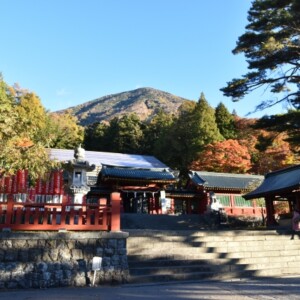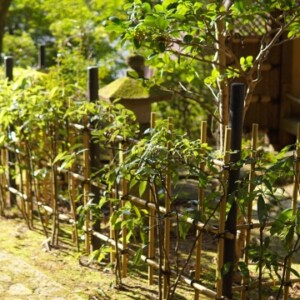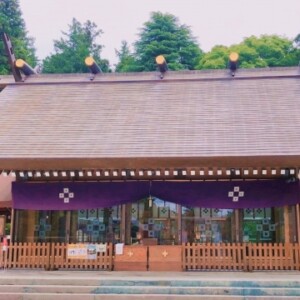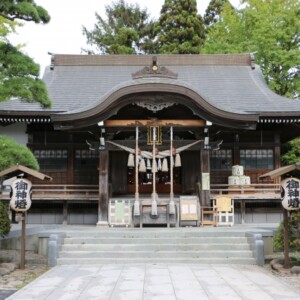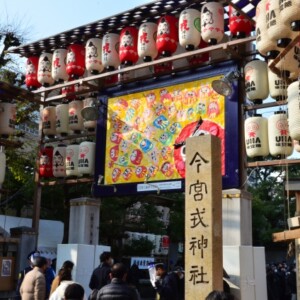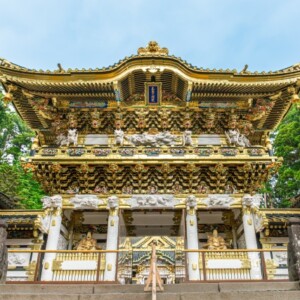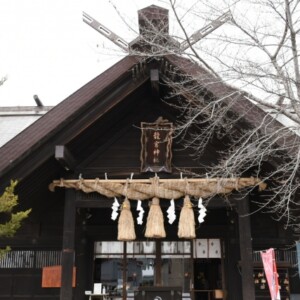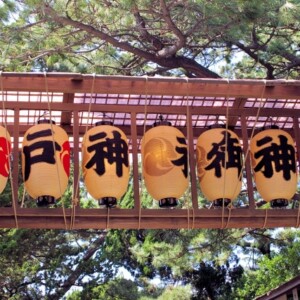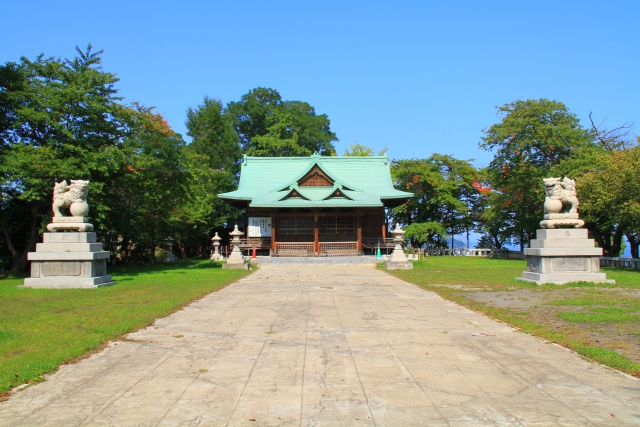
Suitengu|A complete guide to the history, highlights, and worship information of this historic shrine in Otaru City
Quietly located on a hill in Otaru City, Suitengu Shrine is a shrine with a long history, founded in 1859. The 55-meter-high shrine grounds offer a panoramic view of Otaru Port, and the shrine continues to be loved by many people as a cherry blossom viewing spot. The shrine is also well known as a special place steeped in history and culture, with its annual festival, one of Otaru’s three major festivals, and a literary monument set up on the shrine grounds.
Outline and Basic Information on Suitengu Shrine
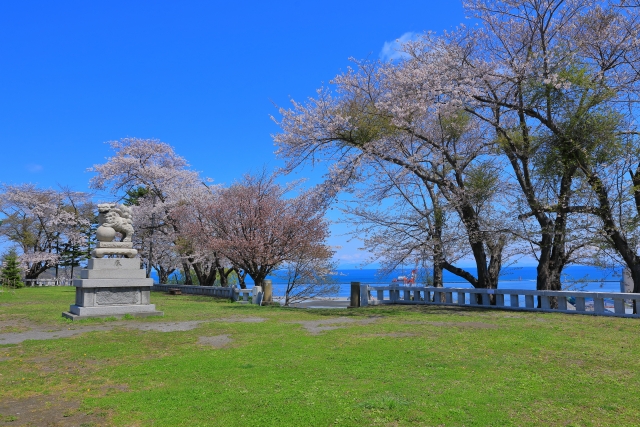
Suitengu Shrine is located in Aioi-cho, Otaru City, and was formerly classified as a township shrine. It is said that the shrine was founded in 1859 and has been worshipped by the local community as a historic shrine. The current shrine pavilion was built in 1919 and is designated as Otaru City Historical Building No. 50.
The shrine grounds are located on a hill at an elevation of about 55 meters above sea level, providing an excellent location from which to view the Port of Otaru and the Sea of Japan. In spring, cherry blossoms bloom beautifully and the temple is known as one of the best cherry blossom viewing spots in Otaru City. Also, from the precincts of the temple, you can look down the road that stretches straight to Hanazono Koen Dori and enjoy the beautiful view of the Otaru cityscape.
History and Origin
Suitengu Shrine, which is said to have been founded in 1859, was originally built as a shrine to worship the god of drinking water and food production. At the time of its construction, Otaru was developing as a base for the development of Hokkaido, and securing a stable supply of water and food was an earnest wish of the residents.
The history of the shrine has undergone several changes. In April 1894, the shrine was destroyed by a great wind and rebuilt in April 1900, and it has survived natural disasters to the present day. In addition, there is a history of the Inari Shrine being enshrined together with the Company in 1900, and of the shrine building being reconstructed in 1919, when the deity of the Taga Shrine was invited and enshrined in addition to the Inari Shrine, and several shrines were integrated to take its present form.
Deities and Benefits
Four deities are enshrined at Suitengu, each with different benefits. The main deity is MIZUHANOME no Kami, the god of water, who is believed to bring blessings for safety at sea and good luck in catching fish. This is deeply related to the history of Otaru’s development as a port town.
The deity Ukemochi is responsible for a bountiful harvest and prosperous business, and is worshipped by people engaged in agriculture and commerce. Izanagi and Izanami are known as the creator gods of Japanese mythology, and are believed to bring happiness to married couples, fulfillment of love, prosperity of offspring, and prayers for the birth of children.
Belief in these deities is closely tied to the history of Otaru, which prospered through its fishing and commercial industries, and even today, many visitors come to the shrine to make various wishes.
Highlights and Features of Suitengu Shrine
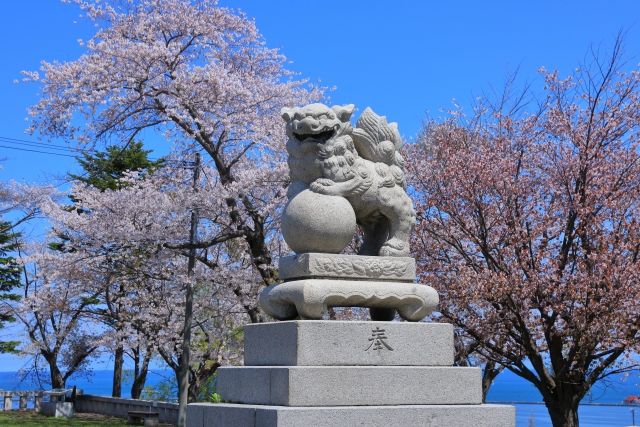
The charm of Suitengu lies in its historic architecture, beautiful natural scenery, and culturally valuable collections. In particular, the view from the temple grounds is designated as one of the “Important Viewing Points of Otaru City” and is loved by many people as a hidden spot for sightseeing in Otaru.
Architectural and Structural Attractions
The present shrine pavilions were built in 1919 by Ikuji Saburo, who worked on many shrines and temples in the city. The shrine pavilion was designed in the Gongen-zukuri style, in which the main, middle, and worship halls are connected, and the roof has a distinctive copper shingle roofing.
The main hall is in the nagare-zukuri style, and shows the beauty of traditional shrine architecture with raised oki-sengi and katsuo wood. The worship hall is an irimoya style, with a large staggered gable on the front roof and two smaller staggered gables on the muko-hage roof. These decorations are a valuable legacy of the excellent shrine building techniques of the Taisho period that have been handed down to the present day.
A particularly impressive guardian dog is placed at the entrance to the shrine grounds, which is very large compared to other shrines and is considered unique in Japan, including the height of its pedestal. These komainu are familiar to visitors as a symbolic presence that greets them.
Nature and scenic beauty
One of the most attractive features of Suitengu is the spectacular view from the temple grounds. Located on a hill about 55 meters above sea level, the temple grounds offer a panoramic view of Otaru Port, the Sea of Japan, and the Otaru cityscape. This view is designated as an important viewpoint by Otaru City and deeply impresses visitors.
In spring, the Yaezakura, Someiyoshino, and Ezo-Yamazakura cherry trees that surround the temple grounds bloom beautifully, and visitors can enjoy a graceful snowstorm of cherry blossoms. During the cherry blossom season, the shrine attracts many cherry blossom viewers and is one of the most popular cherry blossom viewing spots in Otaru City.
The steep stairs and slope going down to Sakai-machi on the sea side is called “Gaijinzaka (Gaijin slope)” and is popular as a walking path with historical flavor. It is part of Otaru’s beautiful cityscape and is integrated with the road that runs straight to Otaru Park on the mountain side.
Cultural Properties and Important Collections
Valuable cultural assets related to literature and history are located in the precincts of the temple. Ishikawa Takuboku Poet Monument is one of the three monuments of Takuboku in Otaru, and is inscribed with his poems about his life in Otaru. Takuboku had lived in Otaru during the Meiji era (1868-1912), and this monument is of great value in literary history.
The Mitsutani Yaomura Haiku Monument is inscribed with haiku by a haiku poet from Yufutsu-gun, Hokkaido, and is a valuable source of information on the literary history of Hokkaido. The Kawamura Bunichiro Poem Monument bears the works of the Otaru-born doctor and poet to posterity.
Furthermore, the Latitude Tenshokumeki, which was set up during the astronomical survey conducted by the Hydrographic Department of the Navy in October 1893 (Meiji 26), is located in the precincts of the temple and is preserved as a valuable historical site that illustrates the history of surveying in modern Japan. These cultural assets demonstrate that Suitengu is more than a mere religious institution, but an important place that conveys the culture and history of Otaru.
Guide to Worship and Visiting
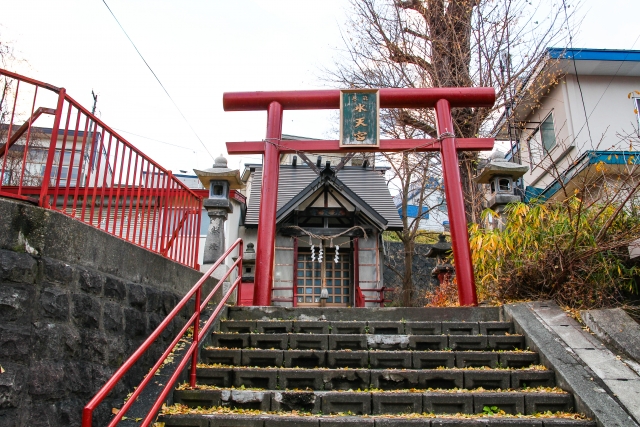
Worship at Suitengu is available 24 hours a day, but the reception hours at the shrine office are generally from 9:00 to 17:00. When visiting the shrine, it is important to observe shrine etiquette and pay your respects wholeheartedly in a quiet and serene atmosphere.
Worship Etiquette and Manners
The manner of worship at Suitengu Shrine is the same as at most Shinto shrines. Bow when passing through the torii gate and avoid the center of the path. After purifying your hands and mouth at the hand- and mouth-watering basin, go to the hall of worship, pay the money offering, and pray with two hands and two beats.
The temple grounds are quiet and serene, with only a few tourists to be seen. The priests allow visitors to eat and drink on the temple grounds, but visitors are asked to be considerate and take their garbage home with them. Visitors can also take a break while enjoying the view of Otaru Port, especially from the benches in the precincts, and it is a popular place to refresh both body and soul.
As the shrine is located on high ground, visitors must climb stairs or a slope, but the view from the precincts is exceptional for that reason. Visitors are advised to wear comfortable walking shoes when visiting the shrine.
Annual & Seasonal Events
The annual Suitengu Festival is held on June 15 and lasts three days from June 14. This festival is one of the three major festivals in Otaru and is deeply loved by local citizens along with Tatsumiya Shrine and Sumiyoshi Shrine.
Since 2007, a portable shrine procession has been held, adding to the festive atmosphere of the festival. During the festival, Hanazono Ginza Shopping Street also holds the Hanagin Suitengu Market at the same time, with a variety of events including a Hanagin beer garden, street performances, a portable shrine parade, and a performance by the Zenibako creative taiko “Dome”.
The cherry blossom season in spring is especially beautiful, and the double-flowered cherry trees, Someiyoshino cherry trees, and Ezo-Yamazakura cherry trees that surround the shrine’s grounds are in full bloom. The best time to view the cherry blossoms is usually from late April to early May, attracting many visitors during this time. The temple grounds, which show different expressions in each season, provide visitors with a healing experience throughout the year.
Red Seal and Good Luck Charm Information
You can receive a red seal at Suitengu Shrine. If you make a request during the reception hours at the shrine office, a red seal will be carefully written for you. Goshuin” seals are popular as a commemorative gift for visitors to the shrine, and are characterized by the beautifully finished seal and ink writing of the shrine.
Various types of good luck charms are also available, such as those for maritime safety, prosperous business, marital bliss, and childbirth. Especially, since Otaru is a port town, the charms for maritime safety are popular among fishermen and maritime workers.
It is recommended to inquire at the shrine in advance for detailed information on the hours of availability of red seals and types of amulets. The shrine office will be happy to assist you politely, so please stop by in conjunction with your visit to the shrine.
Access/Use Information
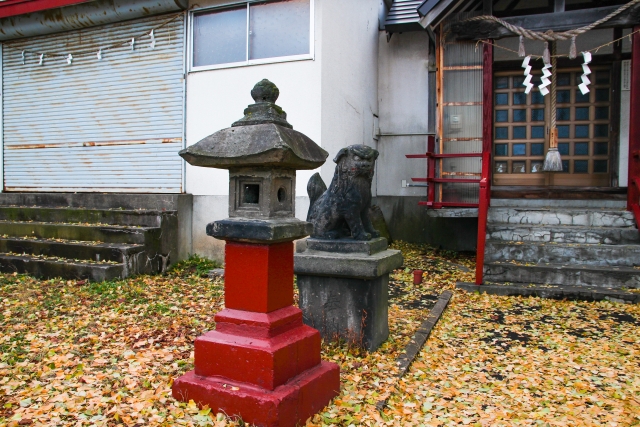
There are several routes to Suitengu Shrine, but all routes have hills and stairs, so we recommend that you wear comfortable walking clothes. The following is information on how to access the shrine by public transportation and on foot.
Access by Public Transportation
From JR Otaru Station, take the Hokkaido Chuo Bus (3 Otaru City Main Line, 16 Okusawa Line, or 1/38/42 Parute Chikko Line), get off at Hanazono Koen Dori bus stop, and walk about 10 minutes (about 600 meters). This route takes you up a relatively gentle slope.
You can also take “Otaru Sansaku Bus” from JR Otaru Station and get off at “Mercure Intersection” bus stop. It takes about 10 minutes (about 350 meters) on foot from the Mercure Intersection, but this route is recommended for those who are confident in their physical strength as it climbs up the steep slope “Gaijinzaka”.
If on foot, it takes about 10 minutes from JR Otaru Station or Minami Otaru Station. The recommended route is through the Hanazono Ginza shopping street, stopping at the long-established confectionery shops “Otaru Niikuraya/Hanazono Honten” and “Kamaei Hanazono Honten”, crossing the Hanazono Bridge, passing through the torii gate and entering the temple grounds by stone steps. This route allows visitors to enjoy the downtown atmosphere of Otaru while visiting the shrine.
<Address> 3-1 Aioi-cho, Otaru-shi, Hokkaido 047-0028
Hours of Operation, Fees, and Parking
Suitengu Shrine is open 24 hours a day, and visitors may enter the grounds at any time. However, safety precautions should be taken at night, especially on stairs and slopes. The shrine office is generally open from 9:00 to 17:00, and red seals and amulets are awarded during these hours.
There is no charge for visiting the shrine, and anyone is free to wander the grounds and visit the shrine. Photography is allowed on the grounds, but it is important to remember to be considerate of other visitors.
Parking is available on the grounds, and visitors are welcome to bring their own cars. However, due to the limited number of cars, it is expected to be crowded, especially during the cherry blossom season and the annual festival. We recommend that you consider using public transportation.
Inquiries can be made by calling 0134-22-3495, and detailed information and the latest conditions regarding visitation can be confirmed in advance. Inquiries regarding Otaru City-designated historical buildings can also be made at the Otaru City Construction Department’s Shinkansen and Urban Development Promotion Office (0134-32-4111).
Reference Site
Suitengu Shrine, Hokkaido Jinja Agency: https://hokkaidojinjacho.jp/水天宮-2/
Otaru City Official Website: Suitengu Main Shrine, Worship Hall: https://www.city.otaru.lg.jp/docs/2020101500757/
Otaru Tourism Association official website: https://otaru.gr.jp/tourist/r5suitengusai6-14-15-16



